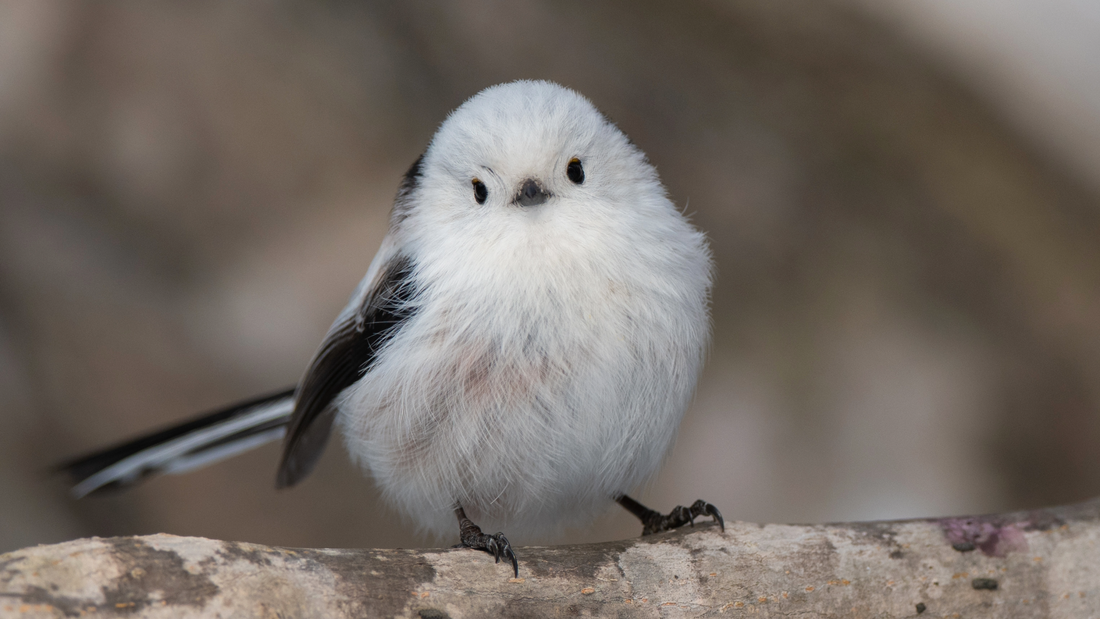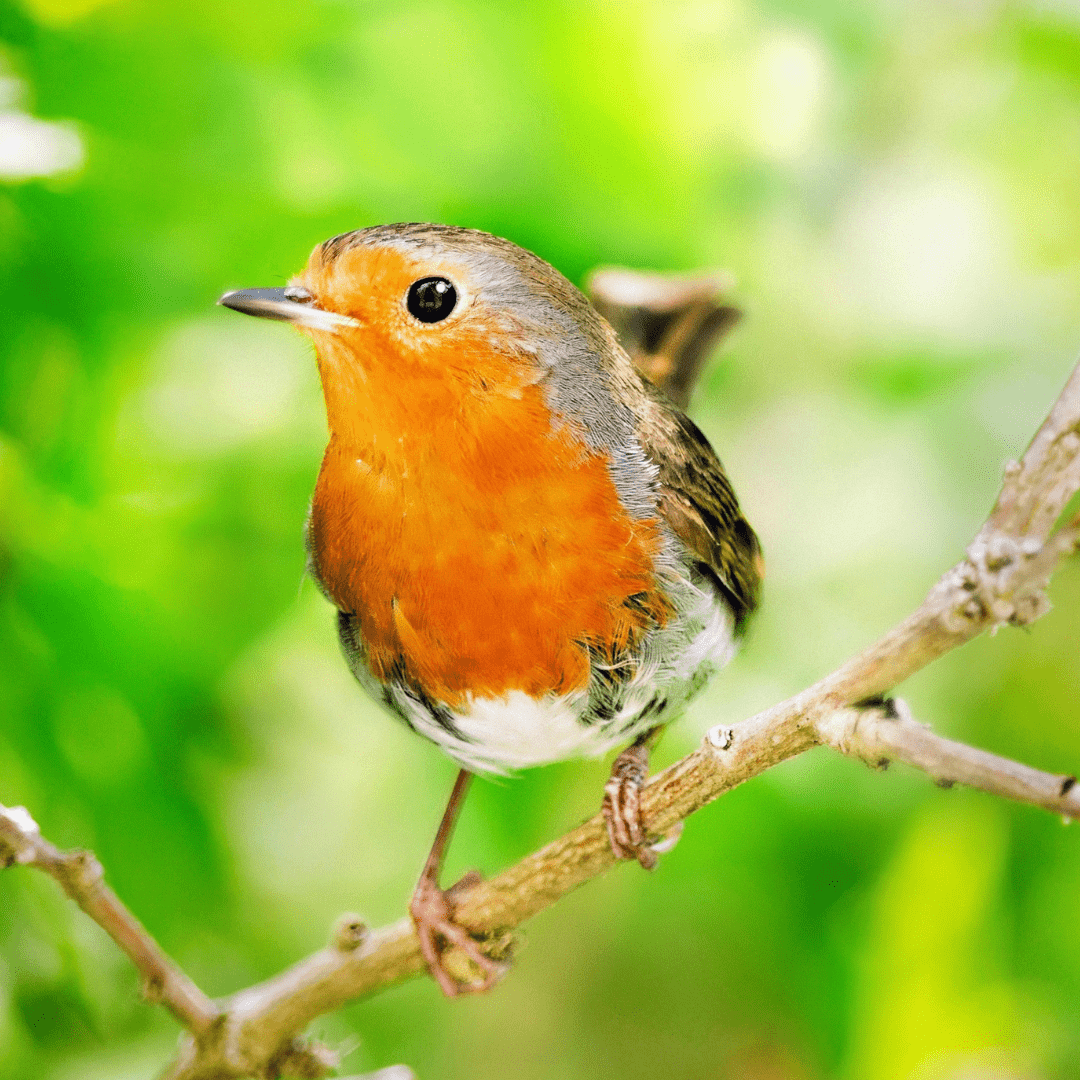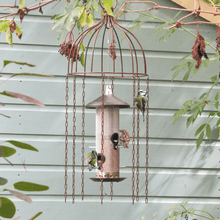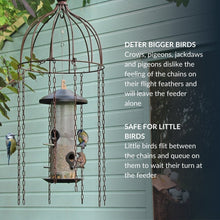A Garden Birdwatcher's Guide to the Long Tailed Tit

Long-tailed tits are brilliant little birds with unique characteristics and behaviours. Despite their name, these sweet birds aren’t actually members of the tit family at all. They belong to a group called Aegithalidae, and their closest relatives are found in Asia.
You’ll spot these tiny acrobats in woodlands, parks, gardens, and hedgerows, where they flit about in large family groups, calling to each other with high-pitched “seee-seee-seee” sounds. Long-tailed tits weigh in at only about 7–10 grams – that’s less than two teaspoons of sugar. Their cream, grey, peach, and black bodies are little, and more than half of their 13–15 cm length is taken up by their impressive tail.
They lose heat quickly because of their tiny size, so on cold nights, they huddle together to stay warm. Even with this clever strategy, a really harsh winter can wipe out up to 80% of the long-tailed tit population – but don’t worry, these resilient birds bounce back quickly!
When it comes to nest-building, long-tailed tits are the master architects of the bird world. They create incredible oval-shaped nests about the size of a grapefruit, using up to 6,000 individual pieces of moss, lichen, and spider silk. The spider silk acts like a natural Velcro, holding everything together and allowing the nest to stretch as the baby birds grow. To make things cosy, they line the inside with up to 2,000 soft, downy feathers.
Long-tailed tits are one of nature’s few altruistic species: if a pair’s nest fails (which happens quite often due to predators and the complex construction process), instead of giving up, they become helpers at their relatives’ nests. This teamwork is pretty rare in the animal kingdom and really boosts the species’ overall success rate.
When it comes to food, long-tailed tits are big fans of insects, especially the eggs and larvae of moths and butterflies. They’re amazing acrobats, often seen hanging upside down from branches to snag their snacks. In winter, they’ll visit bird feeders for high-energy treats like suet and peanuts, which are always included in my bird food blends.
Despite facing some tough challenges, like those brutal winter losses, long-tailed tits are doing pretty well overall. They can produce up to 3,000 chicks per hectare in a good year, which is seriously impressive for such tiny birds! They typically live for about two years in the wild, packing a lot of action into their short lives.
While there isn’t much folklore about long-tailed tits, it’s easy to see why some people view them as symbols of friendship and cooperation. Their teamwork, intricate nest-building skills, and bouncy, sociable nature make them a joy to watch. So next time you’re out and about, keep an eye out for these little birds – they might just brighten your day with their acrobatic antics and cheerful calls!
Ready to deepen your connection with the birds in your garden? Discover more about your feathered friends and how to attract them to your space with Amidst the Birdsong: A Garden Birdwatcher's Journal. This beautifully crafted journal is the perfect companion for anyone looking to observe and learn about the birds visiting their garden. Start your birdwatching journey today – click here to learn more.


















